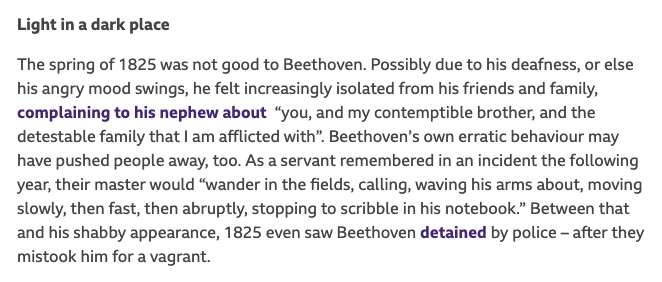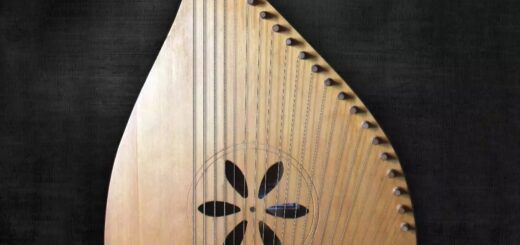Beethoven, String Quartet 15 In A Minor, Op. 132, “Heiliger Dankgesang” – 3. Molto Adagio
“Listening is not a function; it is not any activity; it is neither inside nor outside. It is timeless, and to come to this timeless listening you should only become aware when you are not listening; that is enough. When you see that you don’t listen, come back to the seeing, bring the seen back to the seeing; then you are in timeless listening. When this listening is sustained it expands and comes to stillness. It is only when what you have understood on the intellectual level is completely dissolved in listening, when there is no more representation, that there is stillness. Everything to which you listen refers to the listening, has its homeground in listening in stillness. In listening and stillness there is nobody who is still, and this stillness doesn’t refer to any object; it is absolutely object-less; it is our real nature; it is our globality.”
Jean Klein, “Transmission of The Flame”
Random YT Comment:
“… this music tells me about the poetry of fear and sorrow, and how life can seem hopeful and beautiful once more, and yet the sorrow need not be denied, the dead need not be forgotten or unmissed. The human heart can contain it all and still be joyful, filled with beauty, and grateful. Good luck to everyone. Wash your hands. Don’t be fearful. I think Beethoven is suggesting here that we see the beauty around us, now, today, and not be terribly concerned about how many more days we have. Now. Today. Look around you.”
Excerpt from bbc.com
In 1825, while recuperating from a near-death experience, Beethoven composed one of the most profound pieces of music in Western history. Andrea Valentino explores how The Holy Song of Thanksgiving came about:




